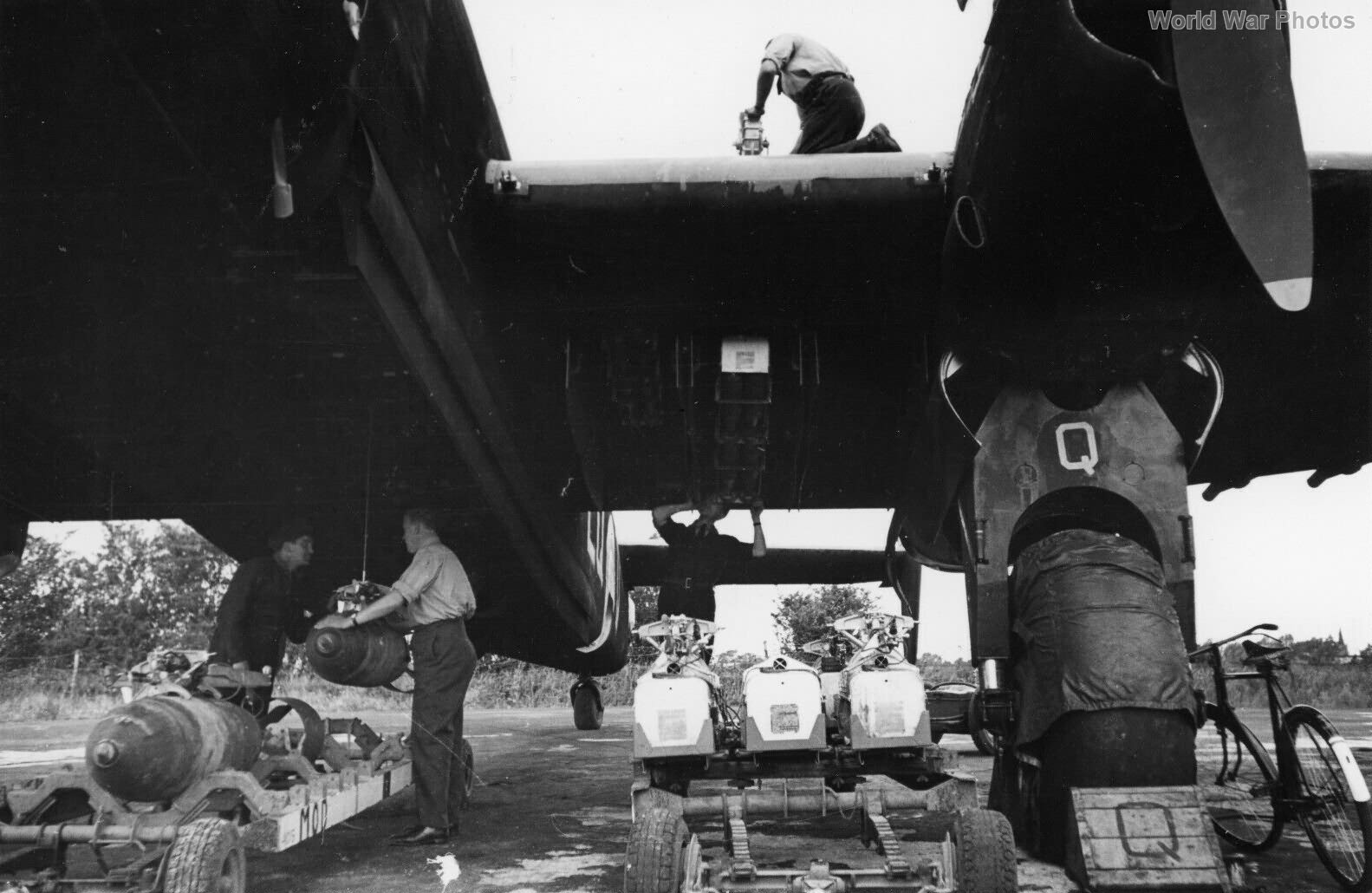Problems with the Halifax Undercarriage
- The main issue stemmed from the use of the French-designed Messier gear, which was prone to collapses, particularly during takeoff.
- This problem was so severe that Air Marshal Harris, head of Bomber Command, wanted to withdraw the Halifax from service altogether.
- The undercarriage collapses were partly attributed to the aircraft’s tendency to swing on takeoff, putting excessive strain on the landing gear.
- The hydraulic system associated with the Messier gear also contributed to the difficulties.
- Pilots found the aircraft challenging to taxi, and landings required careful power management to avoid overshooting or stalling.
Attempts to Resolve the Undercarriage Issues
To address these persistent problems, the designers explored various solutions:
- One approach was to increase the takeoff weight to 60,000lb, which required strengthening the undercarriage.
- However, this modification led to a longer takeoff distance and a less stable feeling during liftoff.
- Eventually, Dowty, a British company known for its landing gear expertise, was brought in to develop a new system.
- Dowty proposed a levered-suspension system similar to that used on the Lancaster bomber, which had proven reliable.
- This new system, while offering some improvement, was not a complete solution.
- Due to production constraints, Halifaxes continued to be produced with both the original Messier gear and the new Dowty system.
- To distinguish between the two, Halifax B.IIs equipped with the Dowty undercarriage were designated as B.Vs.
It is worth noting that even with improvements, the undercarriage remained a point of concern throughout the Halifax’s service life. For example:
